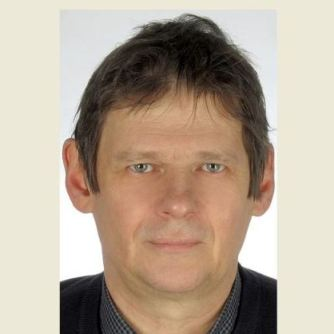Winter Sports Implications for Training, Environmental and Health
A special issue of International Journal of Environmental Research and Public Health (ISSN 1660-4601).
Deadline for manuscript submissions: closed (3 April 2023) | Viewed by 32540
Special Issue Editors
2. Faculty of Health Sciences Jan Dlugosz University Czestochowa, Czestochowa, Poland
Interests: winter sports training; physiology of exercise; testing and prevention in sport
Special Issues, Collections and Topics in MDPI journals
Interests: swimming; water rescue; physiological testing; sports training; analysis in sports
Special Issues, Collections and Topics in MDPI journals
Interests: running; ultra-marathons; sports training; team sports
Special Issues, Collections and Topics in MDPI journals
Special Issue Information
Dear Colleagues,
Winter sports as a form of exercise are of great significance and must be examined not only due to their environmental impact, but also due to the way they can affect the health of those who practice them, who are often exposed to altitude hypoxia and cold. Thankfully, the great variety of winter sports gives researchers varied opportunities to carry out methodological, physiological, biochemical, and psychological analyses. An important element used to optimize the training process in the long term is the medical aspect of winter sports training. The purpose of this Special Edition is to collect scientific publications presenting the results of research in relation to the environmental and health conditions of preparation of winter sports participants. We also encourage authors to send review articles on the current state of knowledge in this field. Topics of interest include but are not limited to:
- Physiological and psychological testing methods that monitor the health and performance of winter sports participants;
- Strategies for the prevention of overloads and the use of physiotherapeutic procedures;
- Diagnostics and recording of training activity in various environmental conditions;
- Etiology of injuries and accidents in winter sports;
- Young athletes’ performance and health in winter sports.
Prof. Dr. Tomasz Gabryś
Prof. Dr. Arkadiusz Stanula
Prof. Dr. Zbigniew Waśkiewicz
Guest Editors
Manuscript Submission Information
Manuscripts should be submitted online at www.mdpi.com by registering and logging in to this website. Once you are registered, click here to go to the submission form. Manuscripts can be submitted until the deadline. All submissions that pass pre-check are peer-reviewed. Accepted papers will be published continuously in the journal (as soon as accepted) and will be listed together on the special issue website. Research articles, review articles as well as short communications are invited. For planned papers, a title and short abstract (about 100 words) can be sent to the Editorial Office for announcement on this website.
Submitted manuscripts should not have been published previously, nor be under consideration for publication elsewhere (except conference proceedings papers). All manuscripts are thoroughly refereed through a single-blind peer-review process. A guide for authors and other relevant information for submission of manuscripts is available on the Instructions for Authors page. International Journal of Environmental Research and Public Health is an international peer-reviewed open access monthly journal published by MDPI.
Please visit the Instructions for Authors page before submitting a manuscript. The Article Processing Charge (APC) for publication in this open access journal is 2500 CHF (Swiss Francs). Submitted papers should be well formatted and use good English. Authors may use MDPI's English editing service prior to publication or during author revisions.
Keywords
- winter sports
- performance training
- environmental conditioning
- health
- physiological performance testing
- exercise and psychological stress
Benefits of Publishing in a Special Issue
- Ease of navigation: Grouping papers by topic helps scholars navigate broad scope journals more efficiently.
- Greater discoverability: Special Issues support the reach and impact of scientific research. Articles in Special Issues are more discoverable and cited more frequently.
- Expansion of research network: Special Issues facilitate connections among authors, fostering scientific collaborations.
- External promotion: Articles in Special Issues are often promoted through the journal's social media, increasing their visibility.
- Reprint: MDPI Books provides the opportunity to republish successful Special Issues in book format, both online and in print.
Further information on MDPI's Special Issue policies can be found here.







